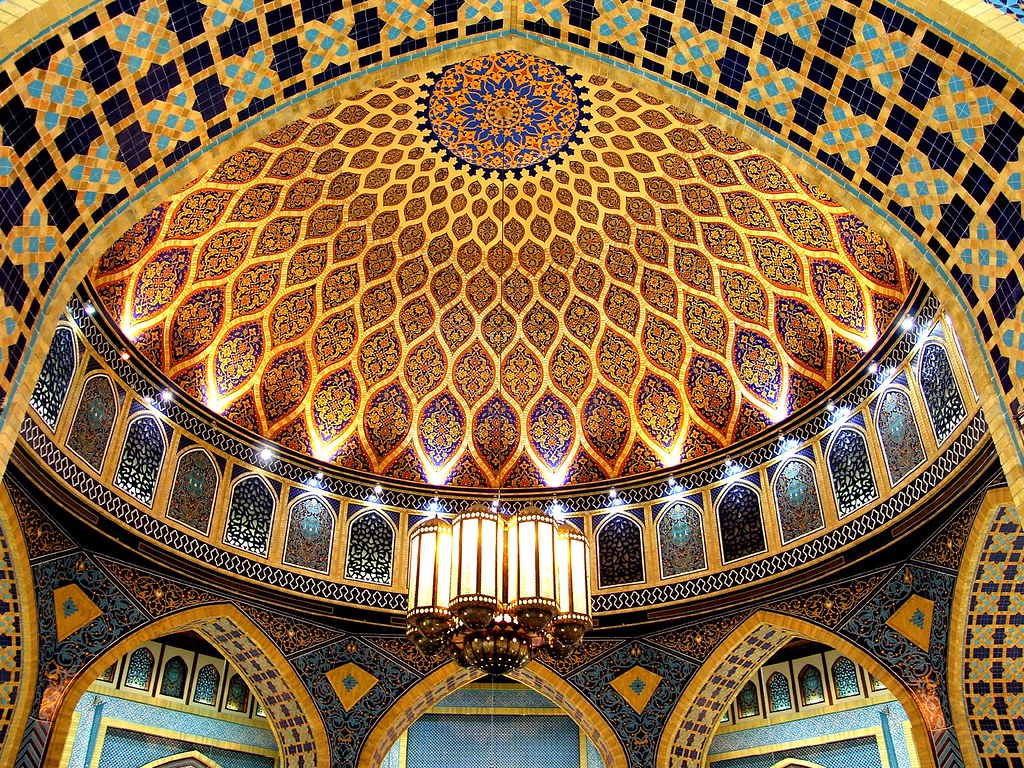
Sheila R. Canby, a luminary in the field of Islamic art, passed away on August 17 in Milford, Del., at the age of 76. Her death, attributed to complications of lung cancer, marks the end of a remarkable career dedicated to fostering a deeper understanding and appreciation of Islamic culture through its artistic heritage. As a leading authority, Ms. Canby curated a humanizing portrait of Islam at the Metropolitan Museum in New York, a vital endeavor offering a nuanced alternative to hostile post-9/11 narratives.
Her tenure as chief curator of the Met’s department of Islamic art, which began in 2009, was heralded by Holland Cotter of The New York Times as “one of the hires of the decade.” This appointment positioned her at the forefront of a monumental task: overseeing the expansion and re-installation of the museum’s Islamic art galleries. Her work was not merely about displaying artifacts; it was about recontextualizing a vast cultural legacy, making it accessible and relatable to a global audience during a period of intense scrutiny and misunderstanding.
Ms. Canby’s vision extended beyond the aesthetic, aiming to illuminate the rich tapestry of history and culture represented by these objects. She recognized that “the history and culture represented by the objects in these galleries is still not known nearly as much as it should be,” and she dedicated her career to changing that perception. Her contributions have left an indelible mark on how the Western world engages with and understands the intricate beauty and profound achievements of Islamic civilization.

1. **A Humanizing Vision: Countering Post-9/11 Narratives**The aftermath of the Sept. 11, 2001, terrorist attacks cast a long shadow, fostering an environment where understanding of the Muslim world was often distorted by fear and political tensions. In this fraught period, many New Yorkers, as noted by Holland Cotter of The New York Times, felt compelled to visit the Metropolitan Museum’s Islamic galleries, seeking a tangible grasp of a religion that had suddenly become central to their lives. This impulse highlighted a profound public need for cultural context, a need Ms. Canby would expertly address.
Tragically, just as public interest surged, the Islamic galleries closed for renovation in May 2003, remaining inaccessible until November 2011. This hiatus, a decade after the attacks, underscored the urgency of their eventual reopening under Ms. Canby’s stewardship. Her appointment in 2009, bringing her from the British Museum, was a strategic move by the Met to ensure the collection’s re-installation would not only be comprehensive but also deeply resonant with contemporary sensitivities.
Ms. Canby articulated this goal with clarity, telling The Times in 2011, days before the reopening, that the attention was likely driven “by news events that are focused mostly on war.” She countered this by stating, “The history and culture represented by the objects in these galleries is still not known nearly as much as it should be. The goal here is to change that.” This dedication to education and cultural diplomacy through art profoundly impacted how visitors perceived an often-misunderstood civilization, offering a visual counter-narrative to the prevailing media focus on conflict.
Her work was lauded by scholars like Nasser Rabbat, an architecture professor at the Massachusetts Institute of Technology, who in a 2012 review for Artforum magazine, called the installation “a discreet bid to counter the negative rap that Islam and Muslims have sustained recently.” Ms. Canby herself emphasized the humanizing power of these artifacts, noting, “There is always a tendency to vilify a people as if they have come out of nothing. But these things are humanizing. They show the beauty and achievement and even the sense of humor of a great culture.” Her curatorial philosophy extended beyond aesthetics, fostering empathy and connection.
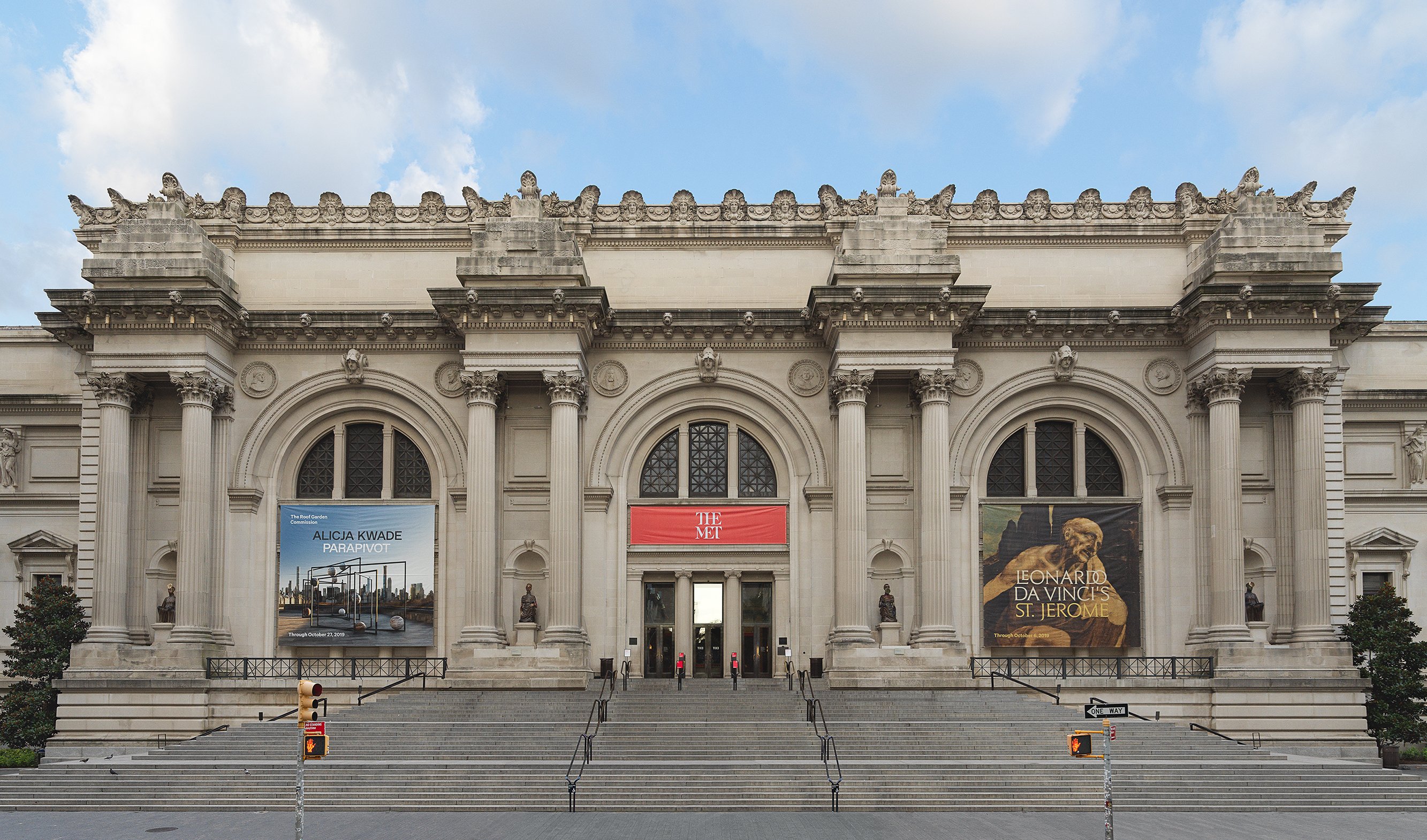
2. **The Met’s Transformative Hire: “One of the Hires of the Decade”**The Metropolitan Museum’s decision to appoint Sheila R. Canby as chief curator of its department of Islamic art in 2009 was a testament to her unparalleled expertise and vision. Coming from a distinguished tenure at the British Museum, where she had served as curator of Islamic art and antiquities since 1991, Ms. Canby brought a wealth of experience and a fresh perspective to New York. Her task was immense: to oversee the expansion and re-installation of the Islamic art galleries, a project that had been underway for years.
Holland Cotter of The New York Times, a respected voice in art criticism, recognized the significance of this appointment immediately, famously calling it “one of the hires of the decade.” This high praise underscored the critical importance of Ms. Canby’s role, particularly post-9/11. The museum was not just seeking a caretaker for its collection; it needed a leader capable of reinterpreting and presenting a cultural narrative with sensitivity, scholarly rigor, and broad appeal.
Ms. Canby’s arrival signaled a new era for the Met’s Islamic art department. Her leadership was instrumental in shaping the conceptual framework and physical layout of the galleries. This was not merely an aesthetic rearrangement but a profound re-evaluation of how these diverse cultural treasures would be presented to the public. The confidence placed in her by the museum, and the subsequent critical acclaim for the reopened galleries, validated Cotter’s prescient assessment of her appointment’s significance.
The meticulous planning and execution under her guidance ensured that the galleries would emerge as a compelling and accessible resource for understanding Islamic civilization. Her ability to navigate complex curatorial challenges, while also communicating the profound cultural importance of the collection, distinguished her as a truly transformative figure. The “hire of the decade” indeed proved to be a pivotal moment for the Met and for the global appreciation of Islamic art.

3. **Reimagining the Galleries: An Inclusive Name and Vast Scope**A significant decision made under Sheila R. Canby’s leadership, reflective of her commitment to historical accuracy and cultural inclusivity, was the renaming of the Met’s Islamic art collection. Upon its reopening in November 2011, the galleries adopted a new, more comprehensive title: the Galleries for the Art of the Arab Lands, Turkey, Iran, Central Asia and Later South Asia. This “ungainly” name, as acknowledged, was a deliberate step towards a more precise and encompassing representation of the art.
The previous, simpler designation of “Islamic art” often failed to convey the immense geographical and cultural diversity encompassed within the collection. The new name was meticulously chosen to be more inclusive of the myriad of “diverse cultural works — secular and religious — from a vast region extending from Spain to India.” It recognized that the art on display was not solely religious in nature, nor was it confined to a single cultural or ethnic group. This expansion of the title reflected a scholarly commitment to present a nuanced understanding of the vast Islamic world.
This strategic renaming served to dismantle monolithic perceptions of “Islamic art,” instead highlighting the rich tapestry of distinct traditions, empires, and peoples that contributed to this artistic heritage. It was a curatorial statement, emphasizing the secular alongside the sacred, and acknowledging the unique contributions of various regions and historical periods. This careful consideration of nomenclature underscored Ms. Canby’s dedication to presenting the collection with the utmost academic integrity and cultural sensitivity.
The act of renaming was more than a semantic change; it was a reorientation of perspective. It invited visitors to appreciate the specificities of different artistic traditions—from the imperial courts of Safavid Iran to the architectural marvels of Ottoman Turkey and the intricate textiles of South Asia—all united by a broader historical and cultural dialogue. This inclusive approach aimed to make the collection resonate with a wider audience, demonstrating the complexity and richness of these artistic legacies.
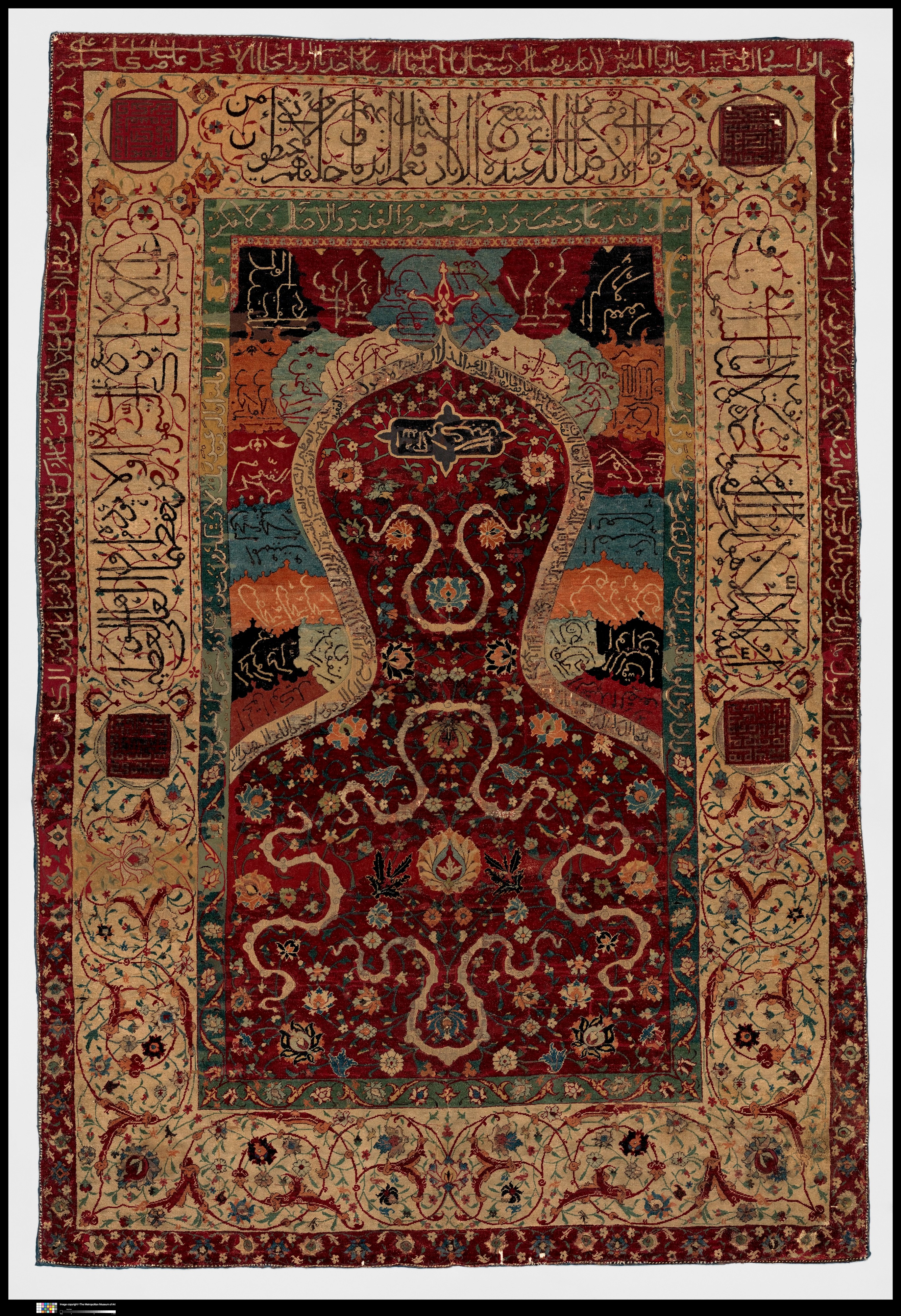
4. **Treasures Unveiled: The Breadth and Depth of the Met’s Islamic Art Collection**Under Sheila R. Canby’s discerning eye, the expanded galleries at the Metropolitan Museum of Art reopened to showcase an extraordinary array of artifacts, offering a profound journey through 14 centuries of artistic achievement. The collection itself comprises “more than 15,000 works,” a staggering number that speaks to the rich legacy of Islamic cultures. Of these, approximately “1,000” meticulously selected pieces were put on view across 14 dedicated galleries, each designed to illuminate distinct periods and regions.
The sheer diversity of the objects presented was a testament to the vast creative output of the Islamic world. Visitors could marvel at an “11-foot-tall, mosaic-tiled mihrab, or prayer niche, from the 14th century,” a breathtaking example of architectural artistry and spiritual devotion. Alongside this monumental piece, the galleries featured “spectacular carpets” of intricate designs, “intricate stucco carvings” showcasing remarkable craftsmanship, and “elaborate textiles and ceramics” revealing everyday beauty and imperial luxury.
Beyond these larger and more decorative items, the collection also included “various artifacts” that offered intimate glimpses into daily life and artistic ingenuity. Among these were a whimsical “camel-shaped bottle from seventh- or eighth-century Syria” and a magnificent “lion-shaped incense burner from 12th-century Iran,” both serving as prime examples of the playful and sophisticated artistic traditions that flourished across the Islamic lands. These pieces, spanning different eras and geographies, demonstrated the continuity and evolution of artistic expression.
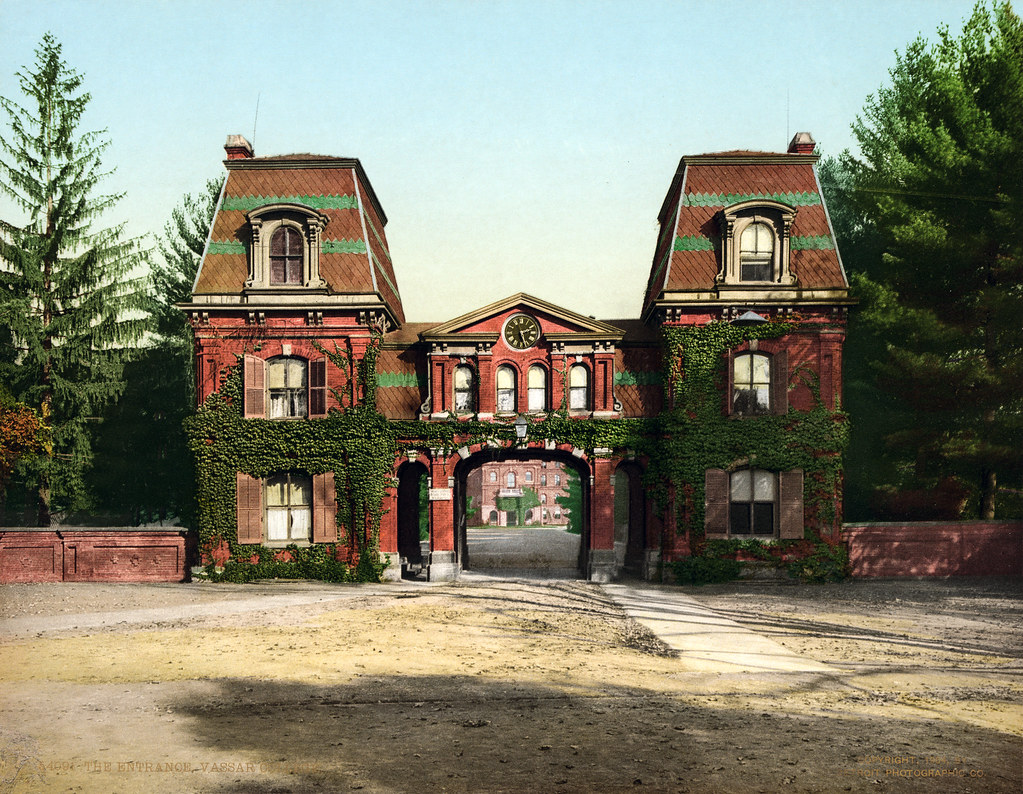
5. **A Scholar’s Genesis: Early Life, Education, and Persian Fascination**Sheila Randolph Canby’s journey to becoming a preeminent scholar of Islamic art began with her birth on January 10, 1949, in Wilmington, Del. She grew up in an environment shaped by her father, Henry Mathews Canby, a lawyer, and her mother, Elizabeth (Gawthrop) Canby Bush, a socialite and accomplished tennis player. This upbringing provided the foundation for a life of intellectual pursuit and cultural engagement, though her specific passion for Islamic art would emerge later.
Her formal academic path commenced at Vassar College, where she distinguished herself by earning a bachelor’s degree in French art in 1970, graduating summa cum laude. This initial focus on European art history laid a crucial methodological groundwork, preparing her for the rigorous demands of art historical research and analysis. It was shortly after graduating, while working at the Museum of Fine Arts in Boston, that Ms. Canby encountered the works that would redefine her scholarly trajectory.
During her time in Boston, she became “enthralled with works from the Iran collection.” This pivotal experience ignited a lifelong fascination with Persian art, shifting her academic focus decisively. This newfound passion propelled her to pursue graduate studies at Harvard University, where she further honed her expertise. She earned her master’s degree in fine arts in 1976 and subsequently completed her doctorate in fine arts in 1981, solidifying her academic credentials and deep knowledge in this specialized field.

6. **The British Museum Years: Laying Foundations for a Distinguished Career**Before her celebrated tenure at the Metropolitan Museum of Art, Sheila R. Canby forged a distinguished career at one of the world’s oldest and most respected cultural institutions: the British Museum in London. Her appointment as curator of Islamic art and antiquities there in 1991 marked a significant chapter, allowing her to cultivate her expertise and contribute to a globally renowned collection for nearly two decades. This period was instrumental in shaping her curatorial philosophy and expanding her scholarly reach.
At the British Museum, Ms. Canby was responsible for a vast and diverse collection of Islamic art, spanning centuries and encompassing a wide geographical area. This role provided invaluable experience in the acquisition, preservation, study, and exhibition of cultural artifacts. It was here that she developed and refined her skills in presenting complex historical and artistic narratives to a diverse public, a talent that would later prove crucial in her efforts to “humanize Islam” at the Met.
Her work in London also allowed her to engage deeply with an international community of scholars, researchers, and museum professionals. This cross-cultural collaboration enriched her understanding of global art history and the specific challenges and opportunities inherent in curating Islamic art in a Western context. The British Museum’s extensive holdings provided a rich training ground for the ambitious projects she would undertake later in her career.
During these years, Ms. Canby also started to publish extensively, laying the groundwork for her reputation as a prolific author and leading authority. Works like “Persian Painting” (1993) and “The Golden Age of Persian Art 1501-1722” (1999) emerged from this period, establishing her as a key voice in the field. Her foundational experience at the British Museum was therefore not just a precursor to her Met role, but a crucial period of growth and achievement that solidified her standing as a major figure in Islamic art history.
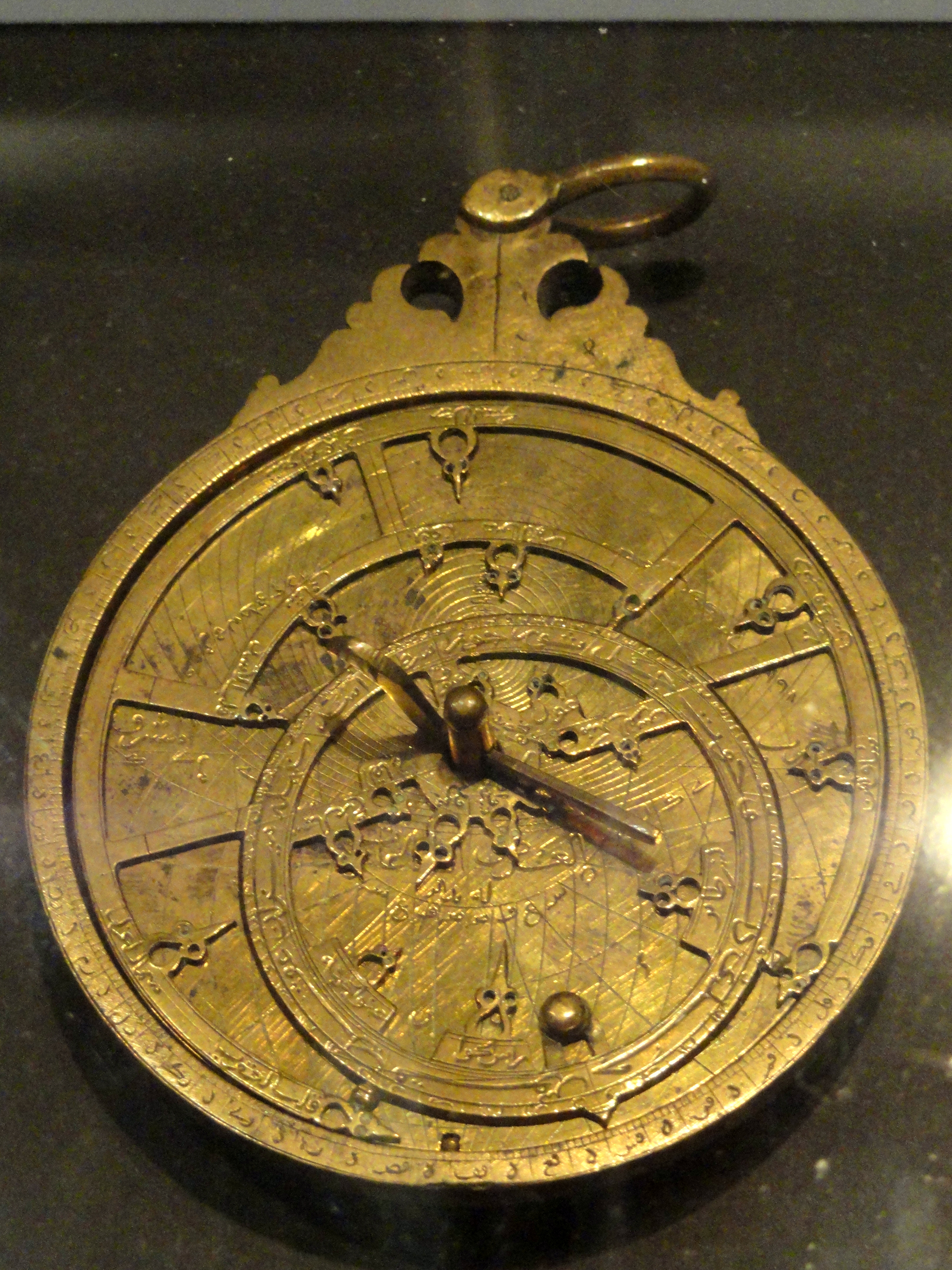
7. **Specialized Research: The Safavid Dynasty and Riza-yi ’Abbasi**Her early academic pursuits at Harvard University laid a robust foundation for her specialized knowledge, particularly her profound engagement with the art of the Safavid dynasty. This powerful empire, flourishing in 16th and early 17th-century Iran, became a cornerstone of her scholarly focus. It was a period marked by extraordinary artistic innovation and cultural richness, and Ms. Canby delved deeply into its intricate tapestry, bringing to light the nuanced interactions between patronage, artistic creation, and societal shifts. This foundational work defined much of her career.
Central to her doctoral research and master’s thesis was the captivating figure of Riza-yi ’Abbasi of Isfahan, a miniaturist painter whose revolutionary style transformed Persian aesthetics. Navina Haidar, Ms. Canby’s successor, highlighted Riza-yi ’Abbasi’s distinctive approach: “characterized by an emphasis on individual figures, an inventive calligraphic line and vibrant, earthy hues.” His artistic vision consciously moved away from the more communal court styles, bringing a fresh, personal touch to the art of miniature painting that resonated with new cultural sensibilities. This focus on the individual and the expressive line truly set him apart.
This intensive focus on Riza-yi ’Abbasi culminated in her seminal 1996 book, “The Rebellious Reformer: Drawings and Paintings of Riza-yi ‘Abbasi of Isfahan.” The book, originating from her master’s thesis, is considered a groundbreaking assessment, offering unprecedented insight into the artist’s innovative techniques and his profound influence on subsequent Persian art. Ms. Canby’s meticulous research captured the essence of an artist who dared to break conventions, revealing his enduring impact on the visual culture of his time. It remains a definitive text on this pivotal figure in art history, showcasing her early mastery of a complex subject.
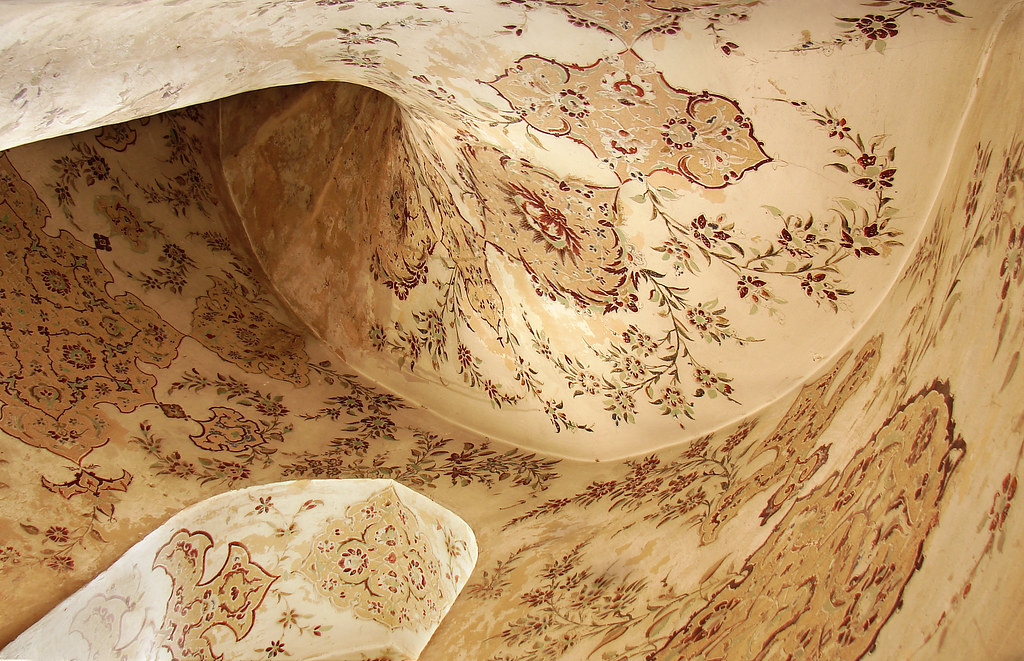
Sheila R. Canby’s journey, from her early fascination with Persian art to her groundbreaking curatorial work and prolific scholarship, illustrates a life dedicated to breaking down barriers and illuminating the rich tapestry of Islamic civilization. Her unwavering commitment to presenting a humanizing and comprehensive view of this complex culture has left an indelible mark, ensuring that the beauty and profound achievements of the Islamic world are understood and cherished across global divides. Her work stands as a beacon for how art can truly build bridges and foster a more empathetic world, a legacy that will continue to inspire for generations.




